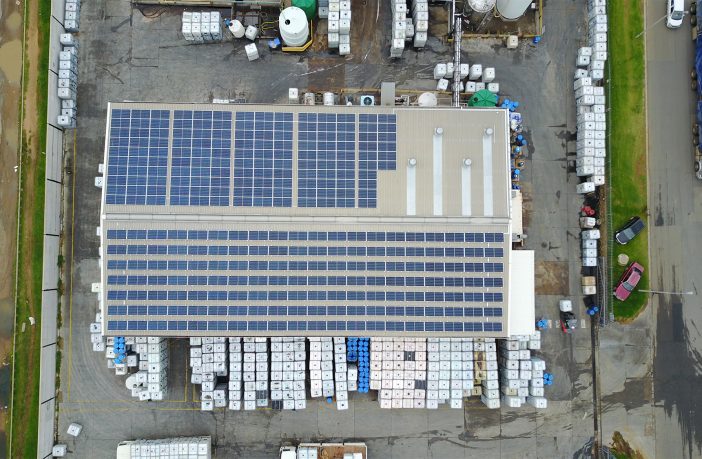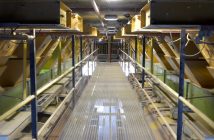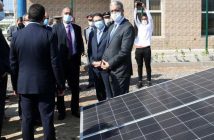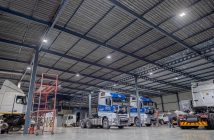- Cement additive manufacturing company CHRYSO Southern Africa has installed a solar electricity generating system at its Jet Park premises in Gauteng, as part of its efforts to lower its carbon footprint.
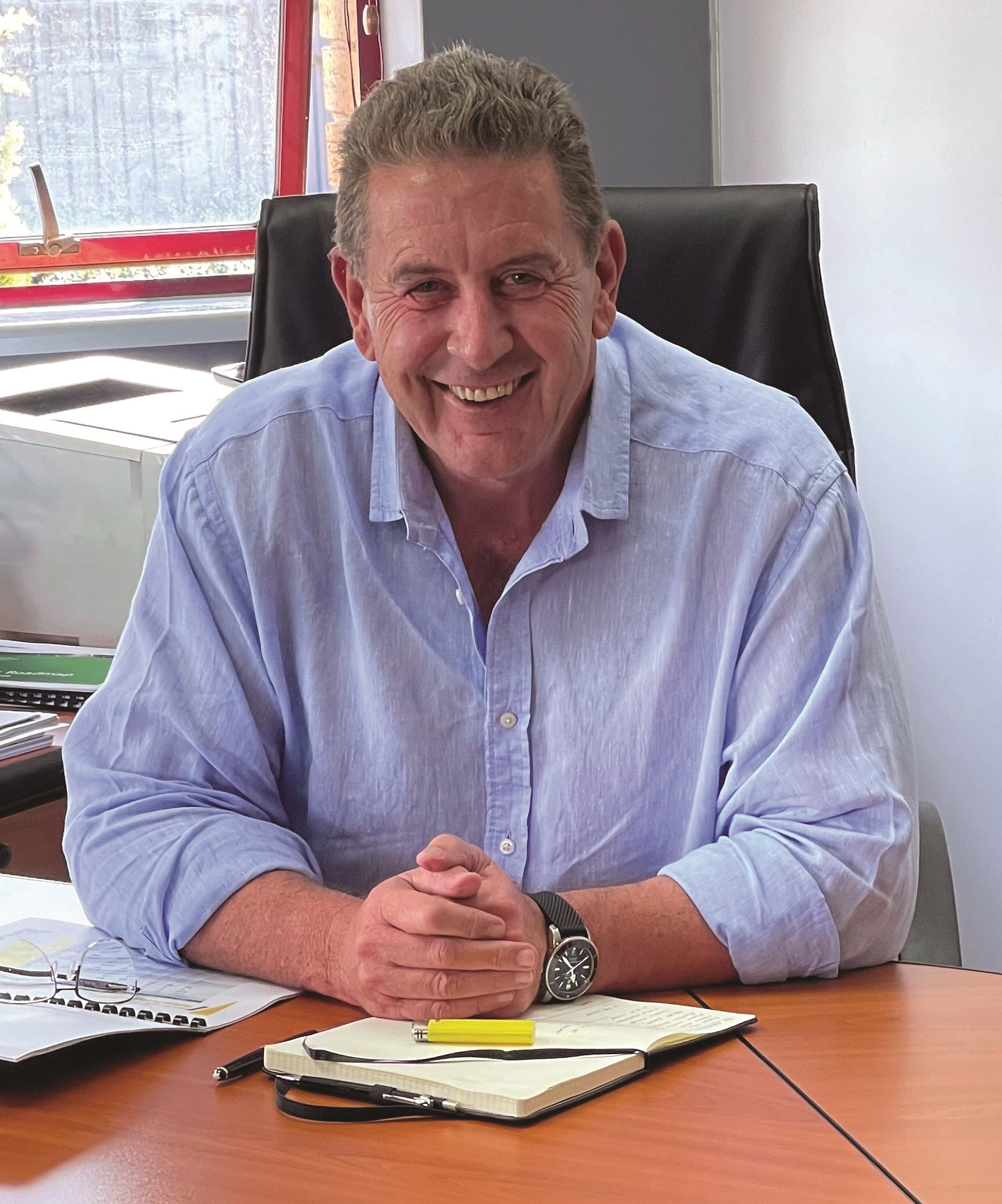
CHRYSO Southern Africa CEO Norman Seymore. Image credit: CHRYSO
According to CHRYSO Southern Africa CEO Norman Seymore, the system will generate almost 240 MWh each year to serve the company’s production facility.
“This output will make up about 70% of our energy requirements, with the rest sourced from the national grid,” says Seymore. “One of our three sustainability pillars at CHRYSO is the reduction of energy consumption, and this installation goes a long way in reducing our dependence on South Africa’s notoriously carbon-producing electricity.”
A total of 393 solar panels – each with a capacity of 400 W – were installed on the roof of CHRYSO Southern Africa’s premises in January this year. They will collectively generate a kilowatt peak of 157 kWp through five 27.6 kW inverters.

Image credit: CHRYSO
“Our investment in solar energy generation is an important contribution to the company’s global commitment to a more sustainable construction sector,” Seymore says. “Our CHRYSO admixture products themselves play a valuable role in driving down the carbon emissions related to construction materials.”
He highlights that these admixtures can help to reduce the cement component of concrete – cement being among the world’s most significant carbon-generating products. CHRYSO Southern Africa is also active in other environmental initiatives, such as ensuring that its packaging materials and containers are recyclable and reusable. The company delivers much of its product range in bulk, but uses recyclable material where products are delivered in 200-litre drums or 1,000-litre containers.
“We have, in addition to our solar installation, also implemented a series of wastewater treatment systems at our plant to reduce and recycle the volumes of wastewater we produce,” he says. “We constructed several wastewater catchment areas to ensure that any discharged wastewater was first treated to an acceptable standard.”
Author: Bryan Groenendaal









